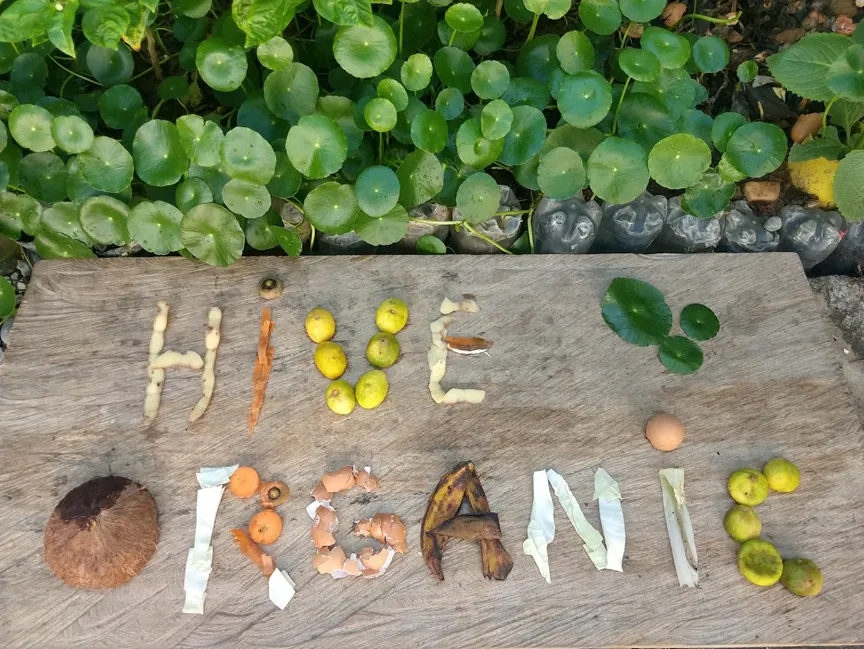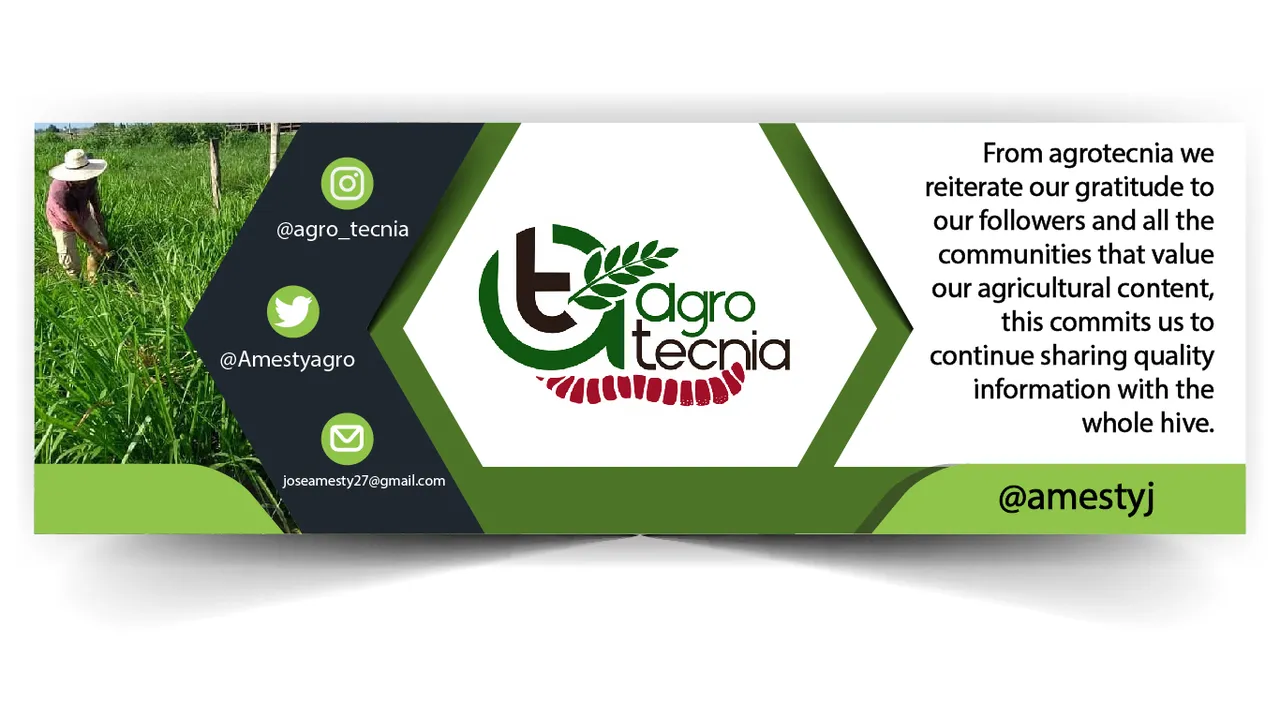For the sowing of crops the tillage of the soil is important, for this, a variety of specialized agricultural implements have been used to perform soil tillage tasks, that is, plowing the land to remove the vegetal layer which is done before sowing, to facilitate the germination of the seeds, the growth, development and production of the cultivated plants. Similarly, as mentioned by Bello and Pino (2008), these implements help to control weeds and possibly improve the physical, chemical and biological properties of the soil as long as there is no indiscriminate use.
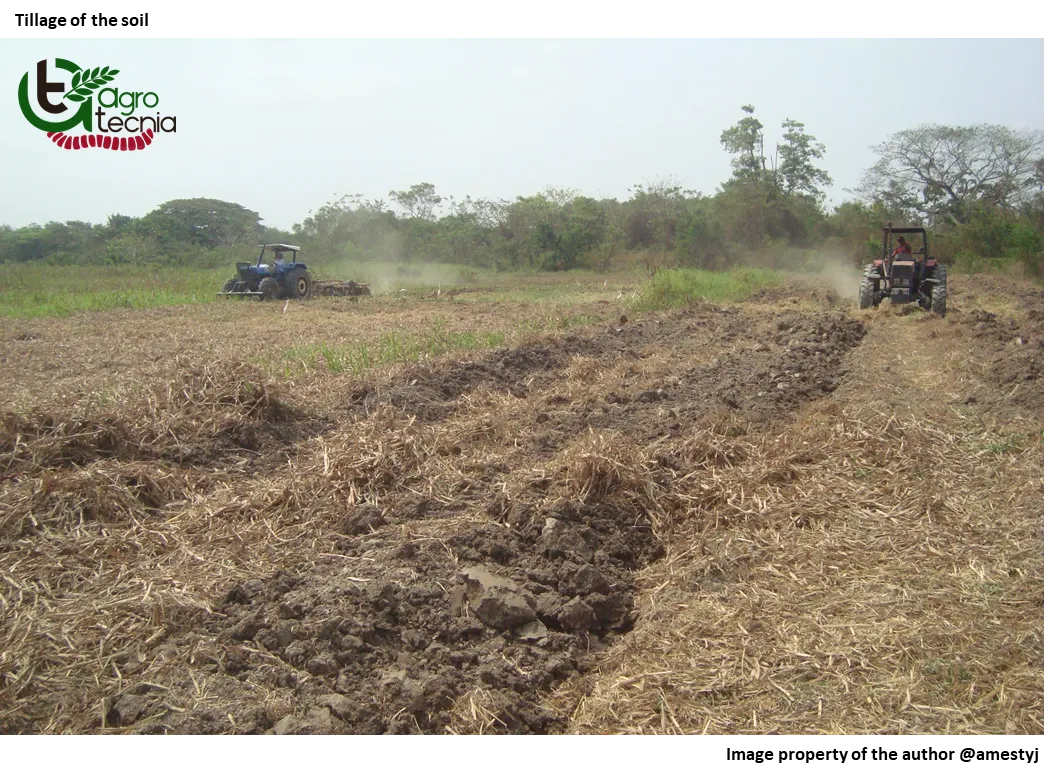
On the other hand, Riquelme (2004), defines tillage as the chemical, physical or biological manipulation of soils to optimize seed germination and the emergence of seedlings can be allowed by an adequate establishment of the crop. However, at present, other activities such as soil tumbling, cutting and shredding waste, planting, pesticide application and harvesting can be included, which contributes to time and labor savings.
In this same vein, it is of interest to mention that there is a conventional tillage system that consists of the preparation of agricultural soils which can consist of several operations and that are generally applied in a certain order, for example, there is the plow that is considered part of the primary tillage and whose function is to improve the soil structure as long as it is applied in the most appropriate way depending on the conditions that the soil presents.
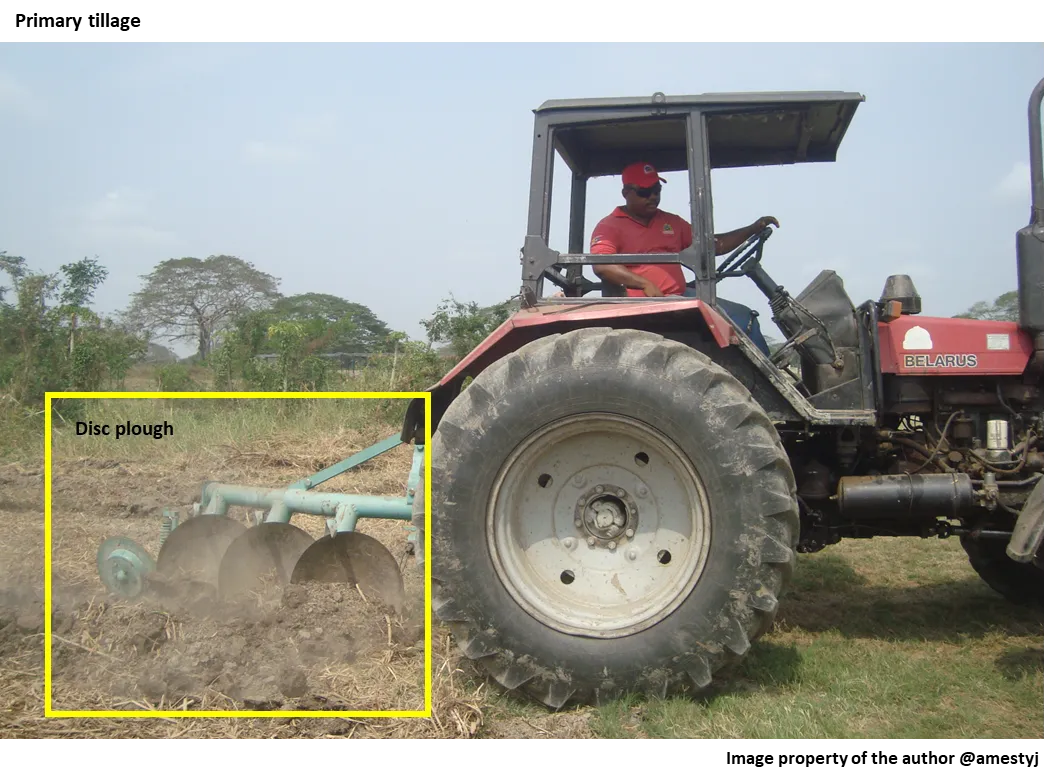
After the implementation of the primary tillage, that is, after passing through the terrain the plow proceeds to the application of the secondary tillage that is usually carried out with an implement known as a harrow, such tasks are more superficial in the soil and whose objective is to crumble the large clods of earth that remain after turning the earth with the plow, in the same way it is used to incorporate waste into the soil.

With the arrival of new paradigms such as sustainable development and agroecology to improve agricultural production without altering the natural processes of these ecosystems, conservationist tillage has begun to be established, which establishes as a principle to reduce the loss of soil and water, in this method or system the soil is not inverted and the crop residues are kept on the surface which allows the contribution of organic matter, moisture retention, arvenses control.
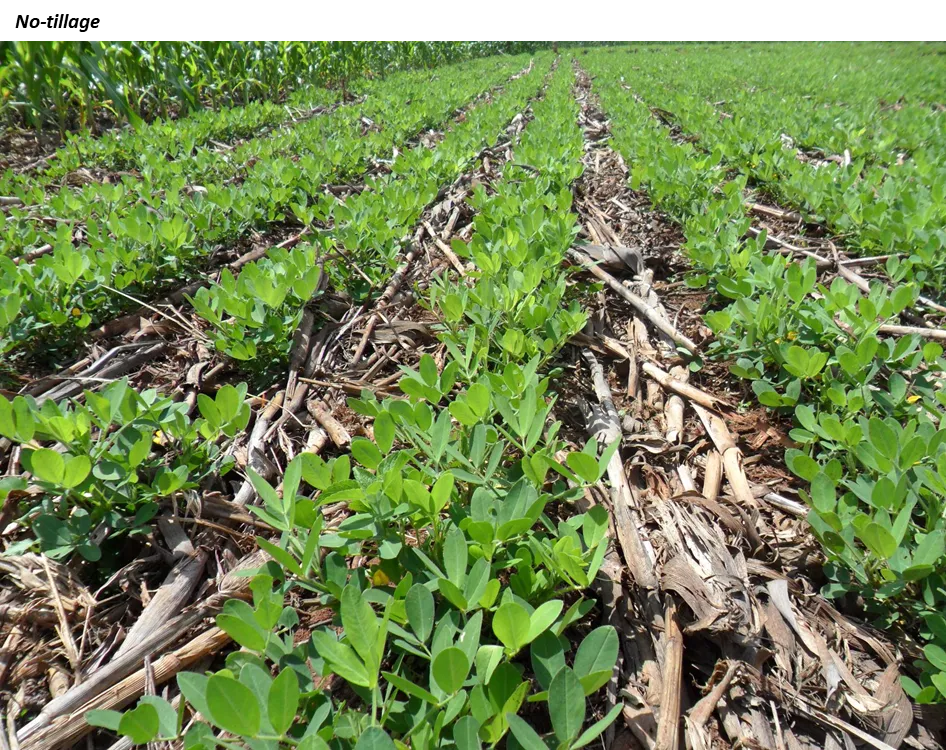
Some researchers define this tillage system as one where at least 30% of the soil surface is covered with plant residues after planting. There is also direct sowing or no tillage, which as the name implies excludes any type of tillage and this can be done manually or mechanized, with this system the seed is placed directly in the ground with seed drills or manually opening the soil and depositing the seed.
| Final considerations |
|---|
Dear readers, in other words, the methods of agricultural land preparation that are used as conservation systems of use and management of soils are minimal or reduced tillage and zero tillage or direct seeding. Reduced tillage refers to the cultivation of the entire soil area, but with the elimination of one or more tasks of the tillage implemented in conventional systems, depending on the implements used and the number of passes, reduced tillage can be classified as a conservationist or non-conservationist system according to the stubble coverage that remains at the time of planting.
| Bibliographic references |
|---|
Bello U., Marco A., Pino Q., and María T. (2000). Preparation of Soils. INIA Bulletin No. 18. / Ing Lira Raul.,Strauch Oscar/ Punta Arena Chile/Kampenaike Regional Research Center.18p.
Riquelme, J. (2004). Soil preparation systems for the establishment of wheat. /Ed Inía. / Wheat Bulletin. /Raihuen Chile. / 30p

Thank you for reading our content, until a next installment.


